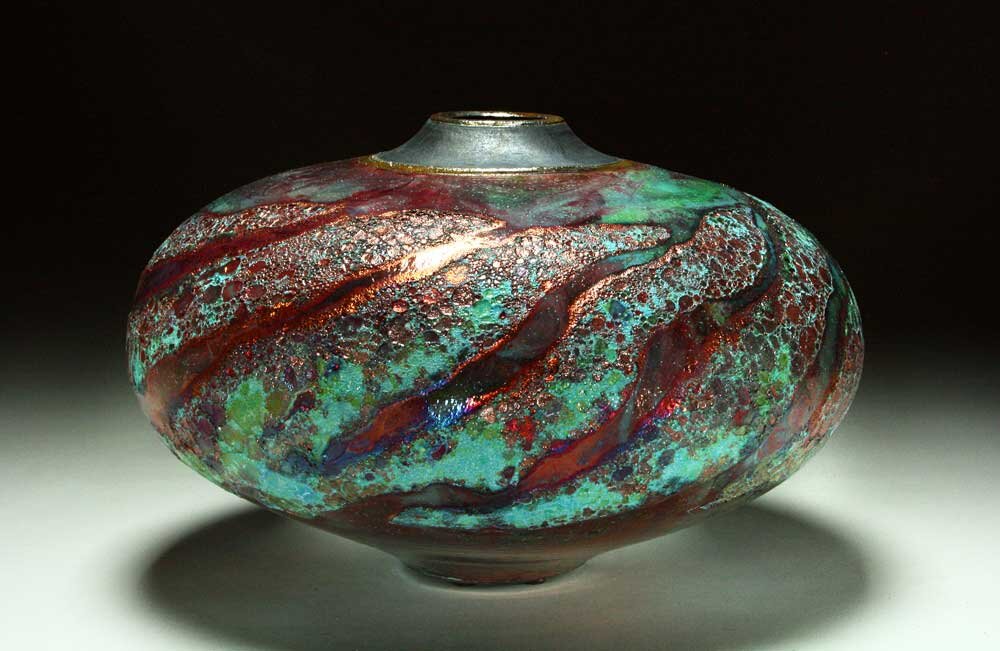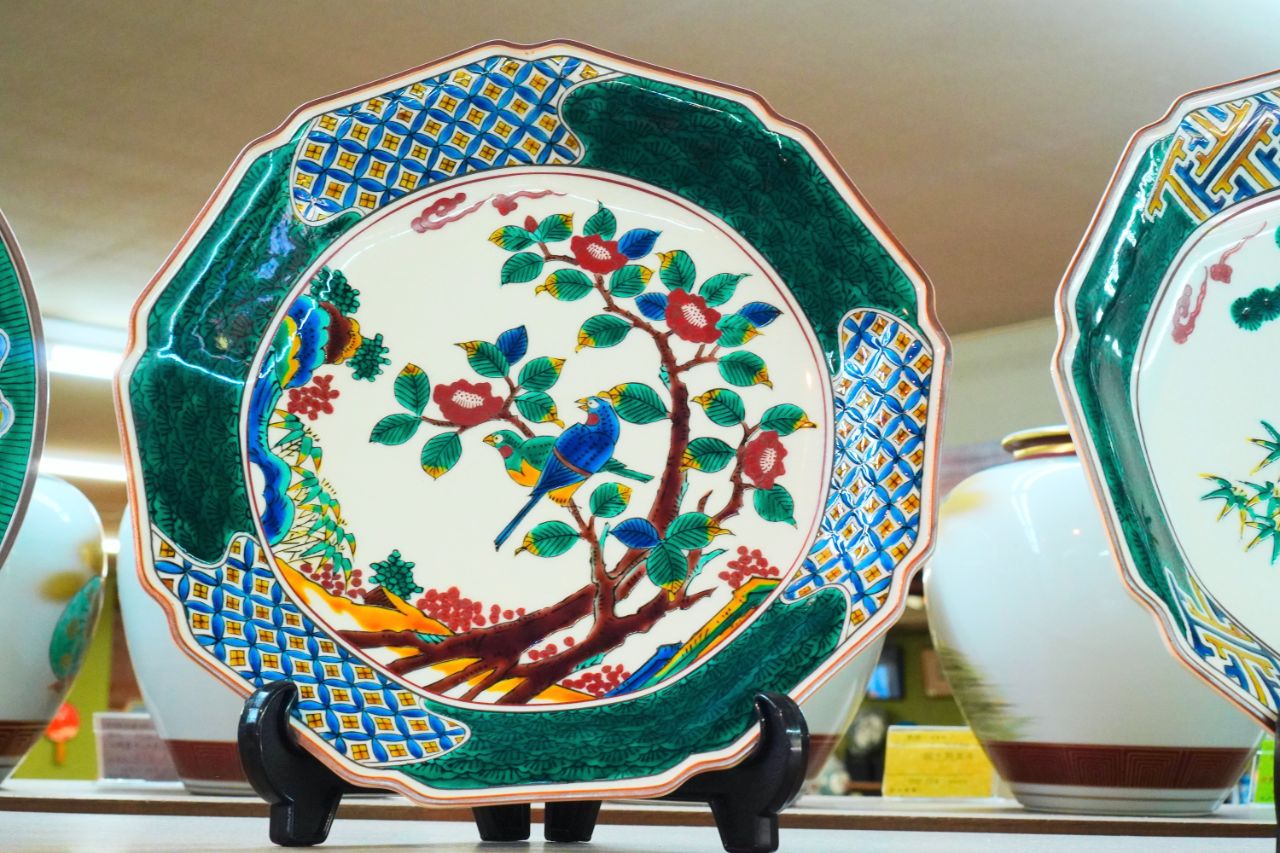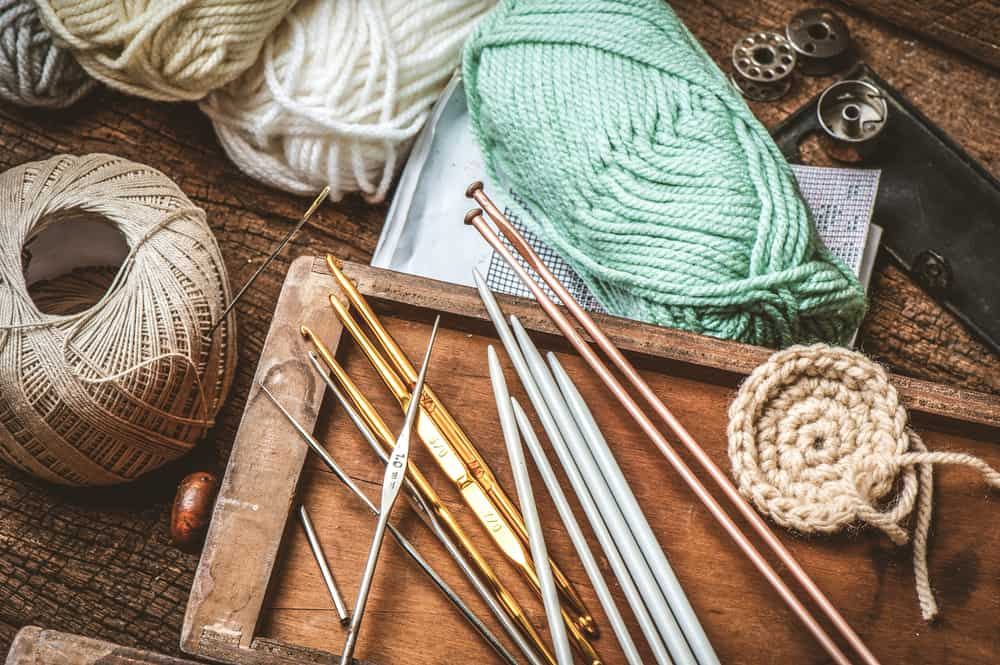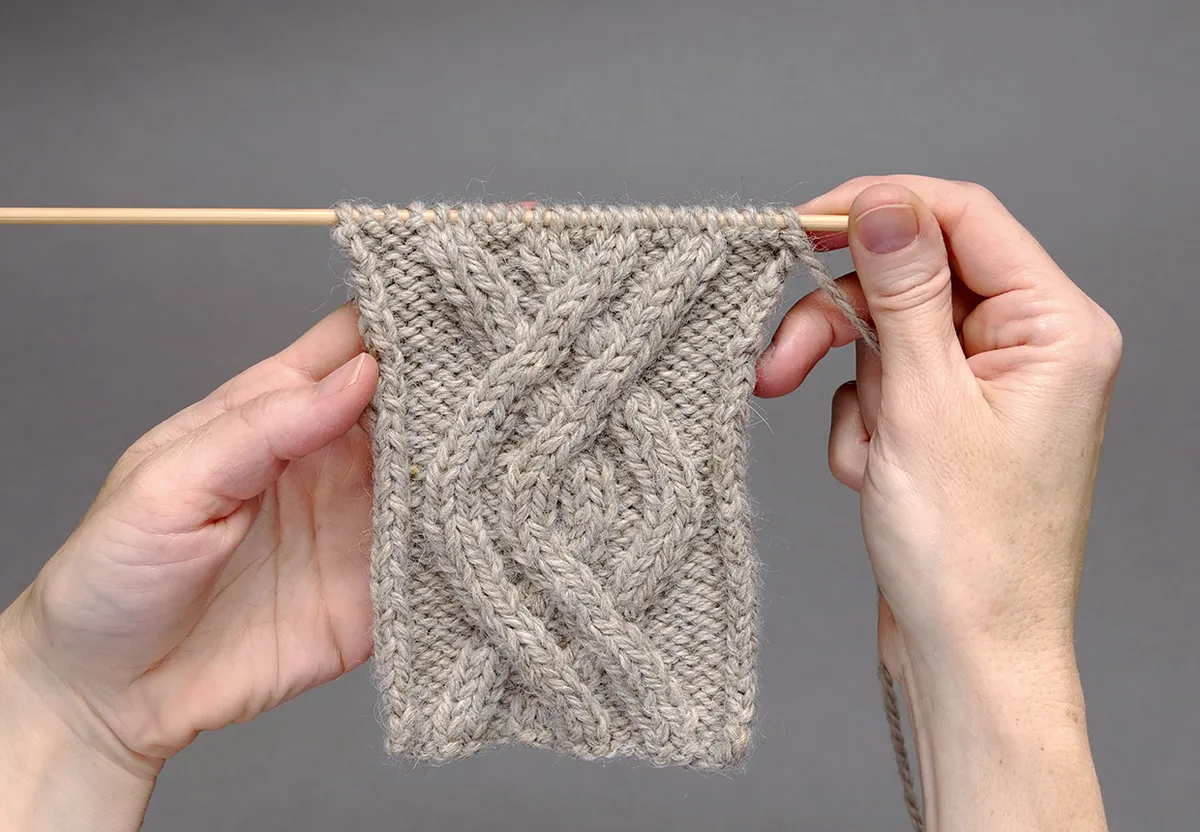Originating in 16th-century Japan, Raku pottery is a distinctive ceramic art form deeply rooted in the Zen philosophy of wabi-sabi, which finds beauty in imperfection and transience. Developed by potter Chōjirō under the patronage of tea master Sen no Rikyū, Raku ware was initially crafted for tea ceremonies, emphasizing simplicity and naturalness. The term “Raku” translates to “enjoyment” or “ease,” reflecting the serene aesthetic and the spontaneous creation process that defines this pottery style.
The Raku firing process is renowned for its unpredictability and dramatic results. Pottery is removed from the kiln while red-hot and placed into containers with combustible materials like sawdust or leaves, creating a reduction atmosphere. This rapid cooling and oxygen deprivation lead to unique glaze effects, including crackles, metallic sheens, and smoky patterns. Each piece emerges as a one-of-a-kind artwork, embodying the artist’s direct interaction with the elemental forces of fire and air.
While traditional Raku ware was primarily functional, modern interpretations have expanded its artistic boundaries. Contemporary artists experiment with various techniques, such as Naked Raku and Horsehair Raku, to achieve diverse textures and visual effects. Despite its aesthetic appeal, Raku pottery is typically not food-safe due to its porous nature and low firing temperatures. Nevertheless, its expressive qualities and the meditative process of its creation continue to captivate ceramic artists and collectors worldwide.





